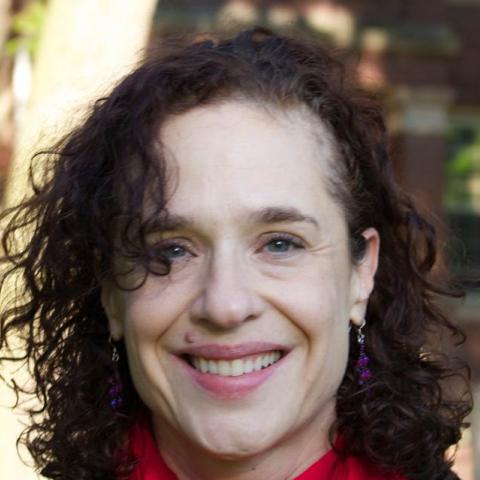This week we’re publishing the first in a series of case studies profiling innovative programs designed to address the needs of the nation’s high-need, high-cost patients, a group that accounts for a disproportionate share of health care spending. These programs illustrate for health system leaders, providers, payers, and policymakers that it’s possible to improve care and rein in spending through new approaches to caring for this population. Each program demonstrates ways of tailoring health care services to serve different subgroups of high-need adults, including the frail elderly, those with co-occurring physical and behavioral health conditions, and those with physical disabilities.
Our profiles describe the programs’ key features, how they’re paid for, and early evidence of their impact on patients’ experiences and health care use and costs. We also highlight stories of patients whose lives have been touched through the programs.
In keeping with principles outlined in this blog post by The Commonwealth Fund’s Melinda K. Abrams and Eric C. Schneider, M.D., we sought to understand how these programs identify patients with similar needs and build a system of coordinated care around them. We asked program leaders how they foster collaboration among team members and how they seek to expand access to care. We were also keenly interested in how programs engaged with community-based organizations and other partners to address patients’ social and behavioral health needs, as these can imperil health outcomes.
Our series launches with a profile of MedStar Washington Hospital Center’s Medical House Calls Program, which participates in the Centers for Medicare and Medicaid Services’ Independence at Home Demonstration and relies on geriatricians, nurse practitioners, and social workers to make house calls to frail elders who are unable to make it into the doctor’s office. Early results from the demonstration suggest the approach can reduce Medicare spending for these patients by 20 percent or more—one reason Congress is considering making home-based primary care for frail elders a permanent feature of the program.
As our profiles reveal, efforts to improve care for high-need, high-cost populations are still evolving. Some lessons are emerging, however, including the value of targeting patients that other health care providers may have considered too difficult to reach or beyond their ability to help—including those with severe substance abuse problems and those facing cascading medical crises at the end of life. In many instances, the first fruits of their efforts have come from teamwork and partnerships with nonprofits and social service agencies.
The experience of these pioneers also underscores the importance of financing that rewards long-term investment in staff development, information technology, and other resources necessary to build upon and sustain their innovations in care. Many of the programs in our series rely on value-based payments to carry out their work and reap the financial benefits of better care for high-need, high-cost patients. While evidence of the programs’ impact is only preliminary in some cases, we hope the profiles provide practical examples and inspiration to fuel the efforts of health systems, health care professionals, and community-based organizations around the nation. A preview of the programs is provided in the table below.


